Because there are several prompts in this year’s Toy Photography Bingo Challenge, I thought this would be a good time to talk about composition and its place in creating a unique voice. Photography composition is also top of my mind since I’m facilitating a workshop on composition. No matter where you are in your toy photography journey I find it’s beneficial to review the basics.
Care to join me?
Photography is a way to organize information
At its core, photography is a way to organize information. Information intended to result in a connection or response with a viewer. The ‘rules’ of composition are different ways to think about organizing information to create the desired response.
I often forget that photograph is a two dimensional representation of three-dimensional space. Using these ‘rules’ of composition help me bring not only a sense of space back into this flat object, but also cue the viewer into how I want them to ‘read’ my scene. Effective composition tells the viewer what’s important and where to look. It can even help the viewer have a specific emotional response while viewing an image. Who knew that the rule of thirds and leading lines could do so much!!
It can be easy to dismiss these rules as constraining. And while I appreciate the need to break rules. I also know it’s important to understand these composition ‘rules’ before breaking them. Strong images with emotional impact always start with a clear and strong composition.
Depending on where you look online, you will find lists of compositional rules that range from the five essential to 22 must know rules. Some of these lists are filled with well known rules like the aforementioned “rule of third”, “leading lines”, and their well known siblings “frame within a frame” and ‘balance’. Others like ‘rule of odds’, ‘patterns’ and ‘color’ aren’t as common, and I don’t see them used much in the toy photography world. They’re are so many ways to organize visual information, it’s unlikely that all the ‘rules’ would be used equally, Personally I gravitate towards a few specific approaches knowing that my own work would be stronger if I mixed it up more.
If you’re looking to separate yourself from the crowd or are looking to create longer visual stories, it’s important to understand all the compositional tools available to you.
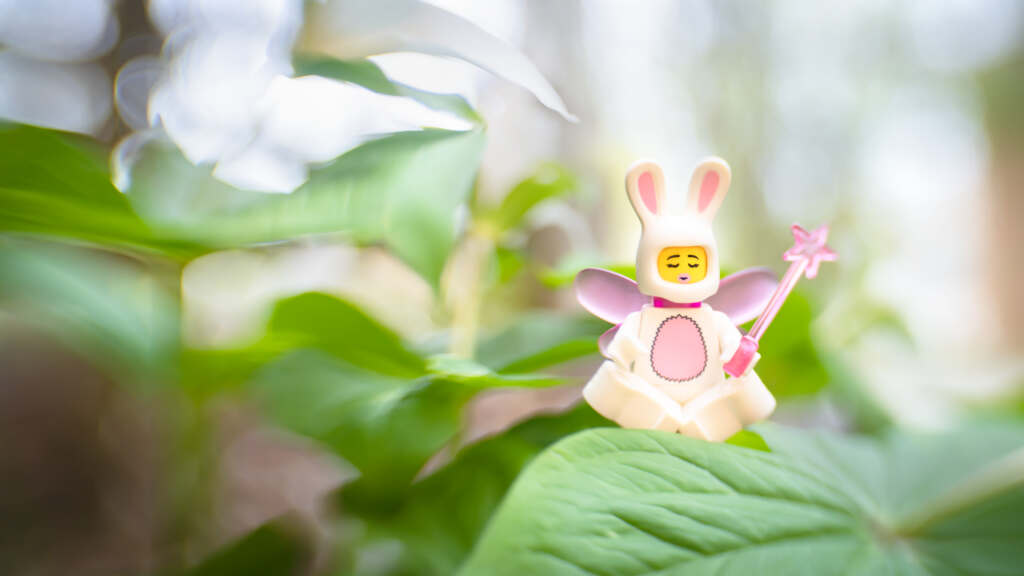
My favorite ‘rules’
As I mentioned I gravitate towards a handful of the many compositional ‘rules’. My favorite rules are negative space, rule of space, simplicity, shallow depth of field and the left to right rule. Throw in a little foreground interest and an occasional frame within a frame and you have 90% of my images. (I know, I should mix it up!)
I gravitate towards these organizational principles because:
- I know my images are seen for a short amount of time on a small screen.
- Simplicity is easier to read.
- I want to create images that are peaceful and visually soothing.
- These rules fit the stories I want to tell.
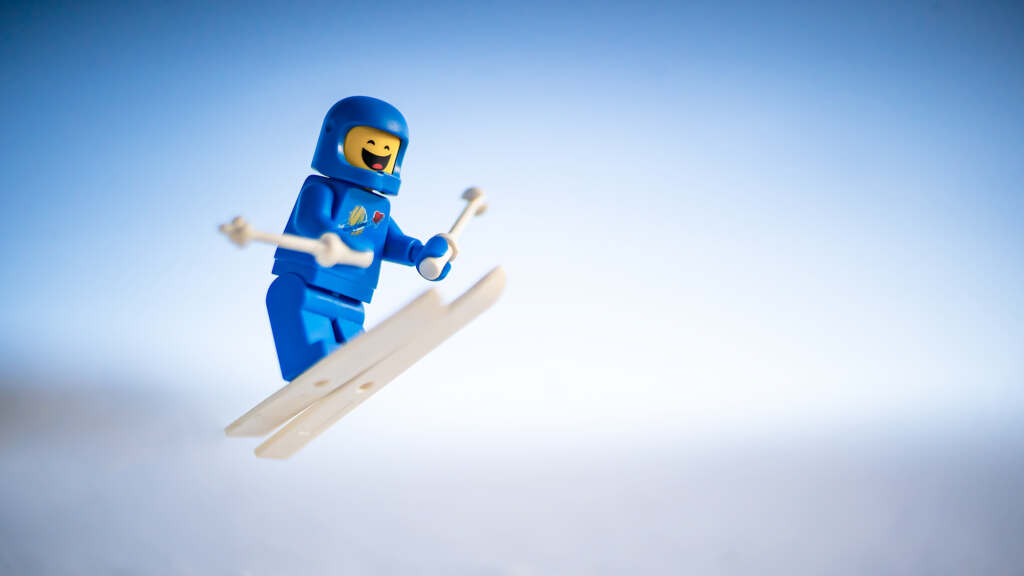
What are your favorite rules?
There are lots of wonderful ‘rules’ to explore in the world of photography. Rules like ‘differential focus’, ‘fill the frame’ and ‘viewpoint’ are great to use in conjunction with toy photography. Especially if you have an eye towards creating a series of images, such as a Six Image Narrative. I believe it’s important to maintain the interest of the viewer when presenting a series of images. By mixing up viewpoint, and composition styles, you can achieve a dynamic series.
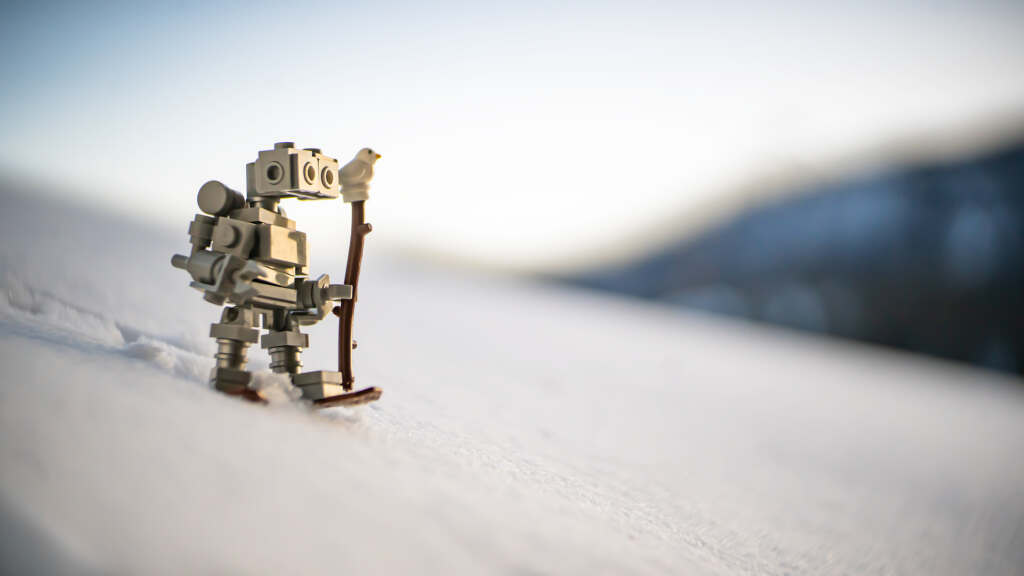
I hope that you’re beginning to understand the importance of composition in photography. Much like lighting, composition is a foundational skill that’s important to understand. Even if you’re like me you’ve only mastered a few of the ‘rules’.
I love photographing toys. Even after twelve years I find it relaxing, and joyful. But I strive to continue to get better at my craft. I want to create images that will hold up to the scrutiny of my fellow photographers. Understanding composition and using these ‘rules’ singularly or in conjunction with other rules, helps me be a better photographer. And one step closer to creating impactful visual imagery!
If you’re interested in exploring composition, then head over to our MeWe Community! For the month of March we’re exploring Point of View which is a variation on the rule of “Viewpoint”. Change up your view by photographing from a aerial perspective, using a Dutch Angle, get low on your subject, from behind…etc. Join the fun and get one step closer filling out your BINGO card!
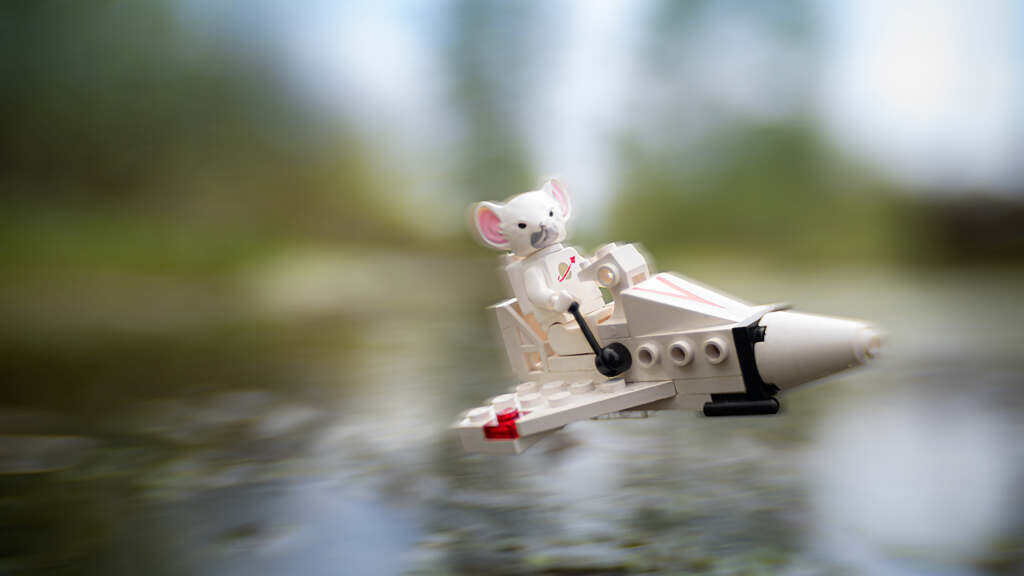
If you would like to join this year’s challenge, please join our MeWe Community. Composition prompts for this year’s challenge include: perspective, leading lines, foreground focus and golden ratio. Join us as we explore these compositional rules and learn new photo skills.


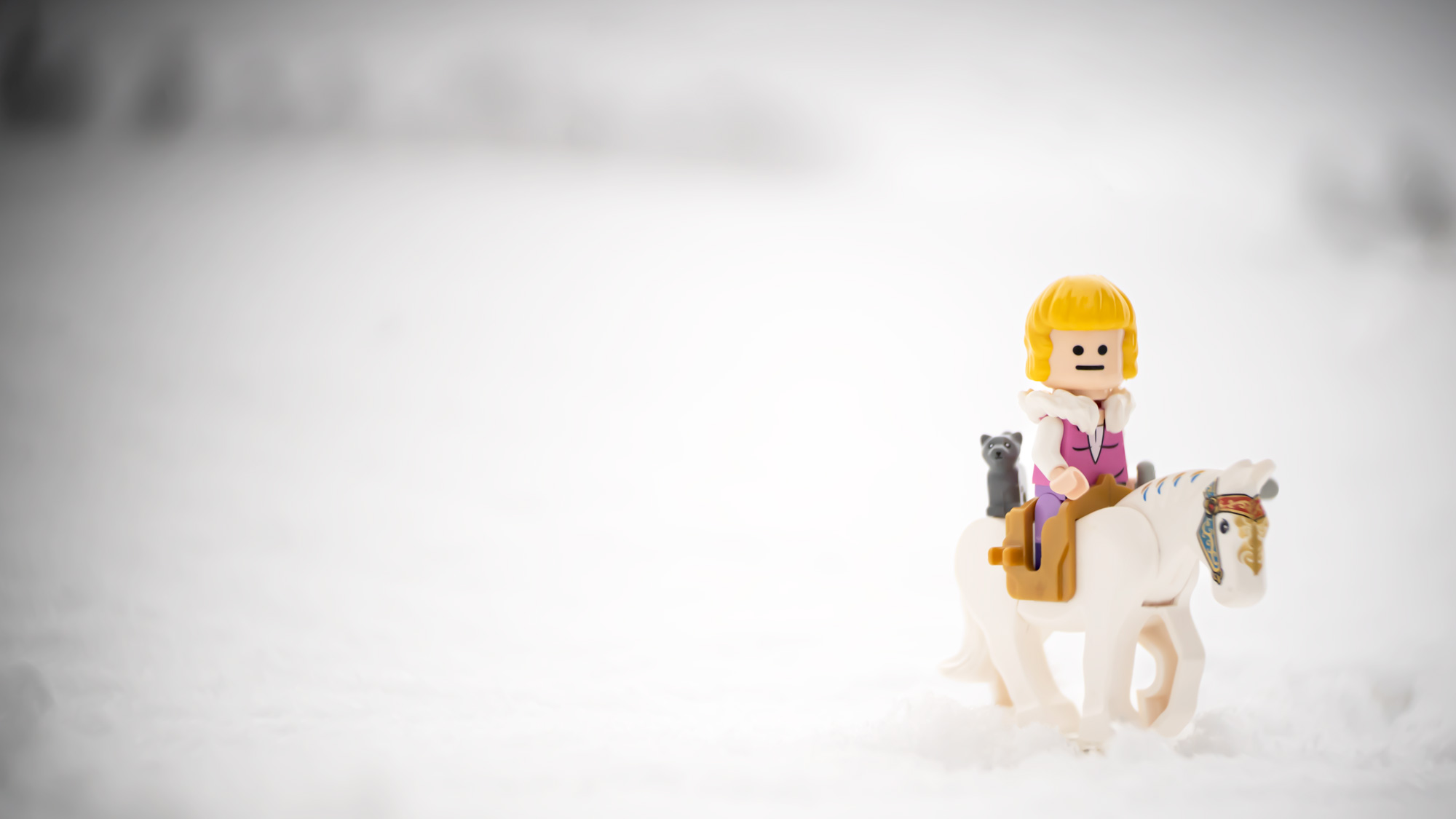
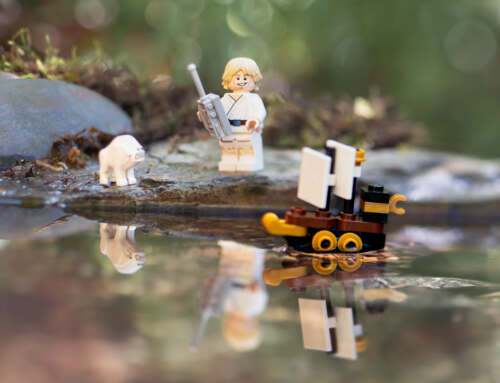
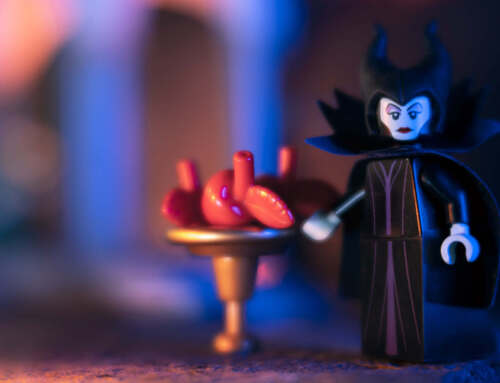
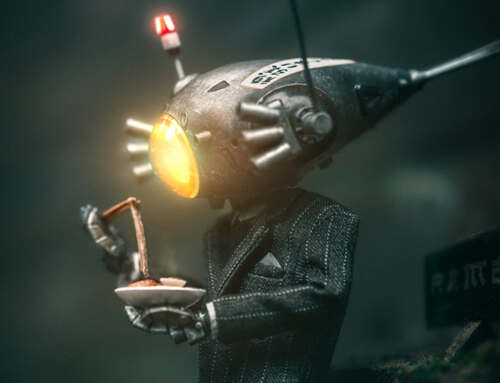
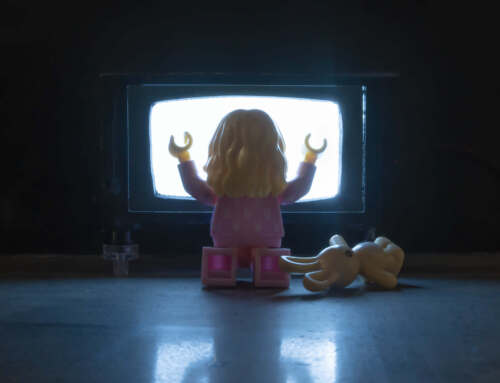
I really do agree that composition in photography is essential when you try that your photographs tell a story. Composition helps the photographer to have different perspectives and that the viewer does not gets bored whitin the same angles and composition.